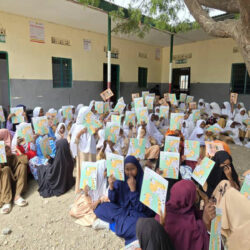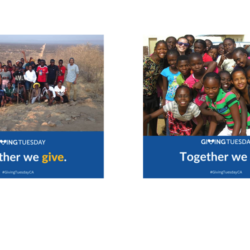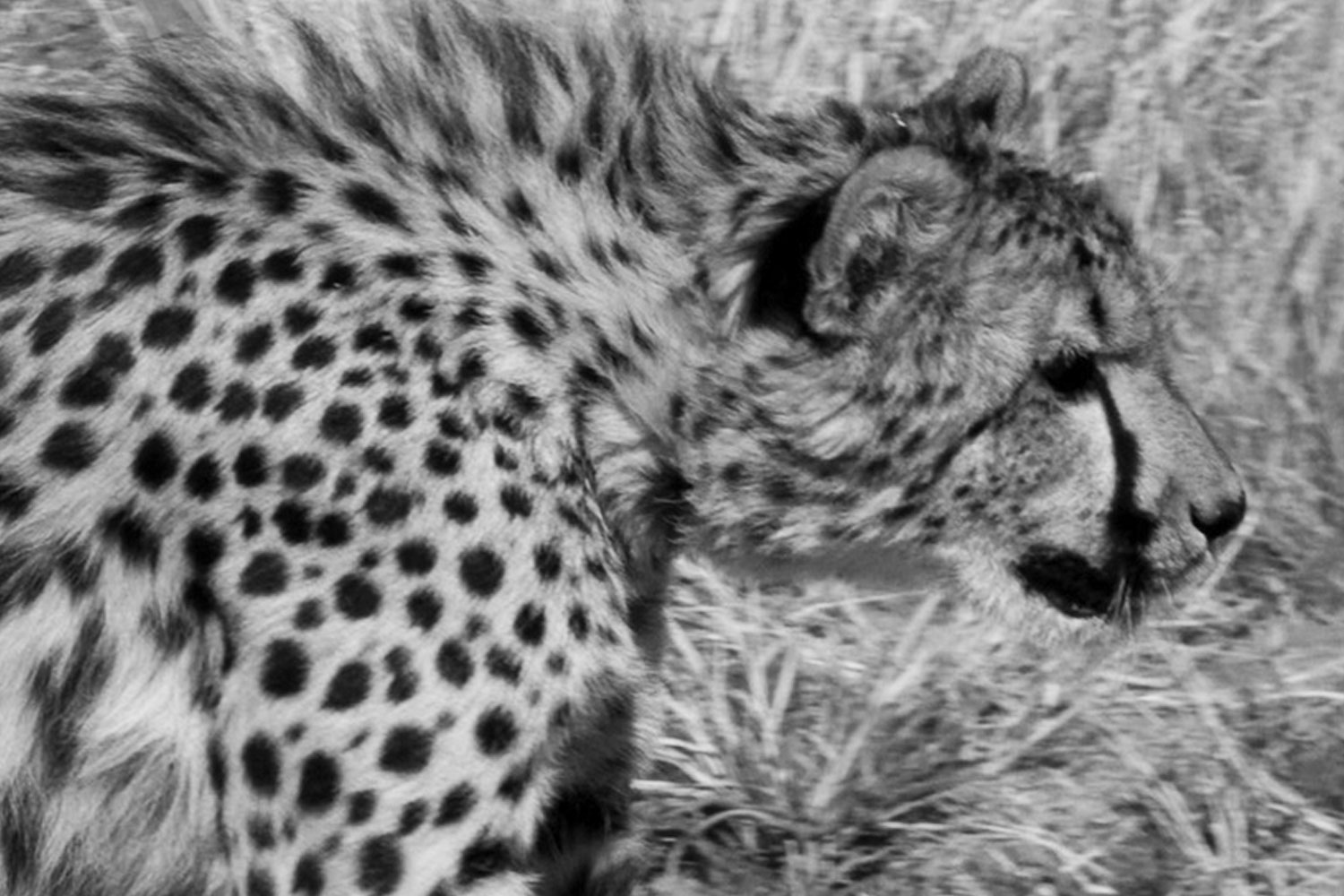Connecting the dots
-

- by Jameson Bowman August 18, 2018
Canada and The Cheetah
Human-animal conflict and what it means for the future of species both in Africa and Canada.
For most North Americans, Africa conjures up images of wild untamed lands, filled with abundant wildlife and unique cultural groups; this perception is relatively accurate. Africa contains 45% of the world’s uncultivated land, it is the greatest wilderness on earth, and humans have lived alongside animals in Africa longer than anywhere else in the world. Yet Africa is changing at incredible speeds resulting in dire consequences for its wildlife.
Africa’s human population is growing at twice the global rate. The population of sub-Saharan Africa doubled from 500 million people in 1990 to an estimated 1 billion in 2015 and is estimated to reach 4 billion by 2100.

With population growth, supporting infrastructure such as cities, farms, and roads grows too. These developments affect wildlife by cutting migration routes, reducing land available for grazing, creating barriers between populations, and increasing human-animal conflict over food sources. Additionally, the need to feed Africa’s rapidly growing human population has created intense demands for ‘bush meat.’ Wild animal populations are being killed for food consumption, both legally and illegally, including endangered species. The depletion of prey species for human consumption directly impacts the availability of food for predator species like the Cheetah and disrupts the natural ecosystem that ensures a healthy planet.
Throughout Africa, 80% of Cheetahs live alongside humans, thus they are directly affected by our expansion. Cheetahs are losing their prey grounds and coming into conflict with farmers and their livestock.
What is being done?
Many strategies have been used throughout Africa to protect wildlife, such as, protected parks, wildlife corridors, and development bans. While often successful, these strategies do not address the root cause of the threat to wildlife populations; that increasing and expanding human populations increases the frequency and scale of human-animal contact and conflict.
It is clear to CCF that wildlife conservation models that do not address the health and well-being of local human populations are inadequate. CCF’s guiding conservation strategy encompasses working with and empowering communities, so they are strong enough to steward wildlife and manage their local natural resources. Healthy human populations and viable wildlife populations are intimately connected. One cannot be achieved without the other.
To meet this goal, CCF has implemented farmer educational and Livestock Guarding Dog Programs (LGDP) that are providing good results throughout Namibia. The LGDP has put over 600 dogs on ranches throughout Namibia and led to an estimated 80-100% reduction in livestock loses. CCF is providing other conservationists in cheetah range countries with support in rolling out similar programs.
Why should Canadians be concerned?
As we enter the 21stcentury we face staggering challenges from climate change, exponential human population growth, food scarcity, resource depletion and more. As the birth place of humans and the continent with the greatest amount of wildlife, Africa is symbolic of the humongous challenges we face and the moral imperative we have to face them. If, as a global population, we overcome them and create a 21stcentury Africa with healthy and prosperous human populations developing in harmony with animals and ecosystems, then we will have taken the first and greatest step in bringing ourselves and our world back from the brink that we have pushed it to. As the great David Attenborough states, “the relationship of the rest of the world to [Africa] and the creatures that live in it is more important than ever before.
How can we help?
As North Americans developed, tremendous damage to our ecosystems and wildlife incurred. Similarly, to the Cheetah situation, conflict with farmers led to the Gray Wolf being systematically driven to extinction throughout the mainland United States by the 1960s. The loss of this apex predator was felt instantly and by the 1990’s the government has been reintroducing Gray Wolves taken from Canada.
We must learn from our mistakes and not let the Cheetah become ‘extinct’ like the Gray Wolf. Donate to the Livestock Guarding Dog Program today and have an immediate effect on reducing Cheetah and farmer conflict in Namibia.
References
“The Importance of Human Reproductive Heath and Rights for Cheetah Conservation”, Cheetah Conservation Fund and Margaret Pyke Trust Population & Sustainability Network,January 25 2018.
Jeo, Richard M. et al. “Drivers of Habitat Loss and Fragmentation: Implications for the Design of Landscape Linkages for Cheetahs.” Cheetahs: Biology and Conservation. Ed. Marker, Laurie et al. Cambridge USA: Elsevier Inc. 2018. 137-149. Print.
BBC Africa. “THE FUTURE”, Directed by Simon Blakeney, performance by Sir David Attenborough. (Episode 6), January 2 2013.
Blakeslee, Nate. American Wolf: A True Story of Survival and Obsession in the West.Crown. October 17 2017.
Hancock, Colin et Thomas Page. The Secret to Preserving Namibia’s Big Cats? Big Dogs. CNN. March 8 2016. https://www.cnn.com/2016/03/08/africa/cheetahs-guard-dogs-namibia/index.html
Related Reading
-
November 9, 2023
Giving Tuesday Canada 2023 – Supporting Namibian Youth



